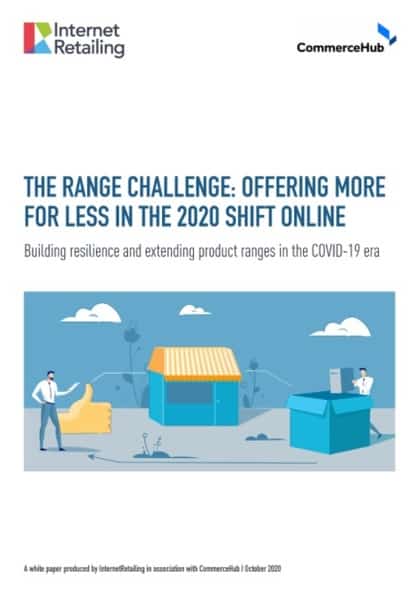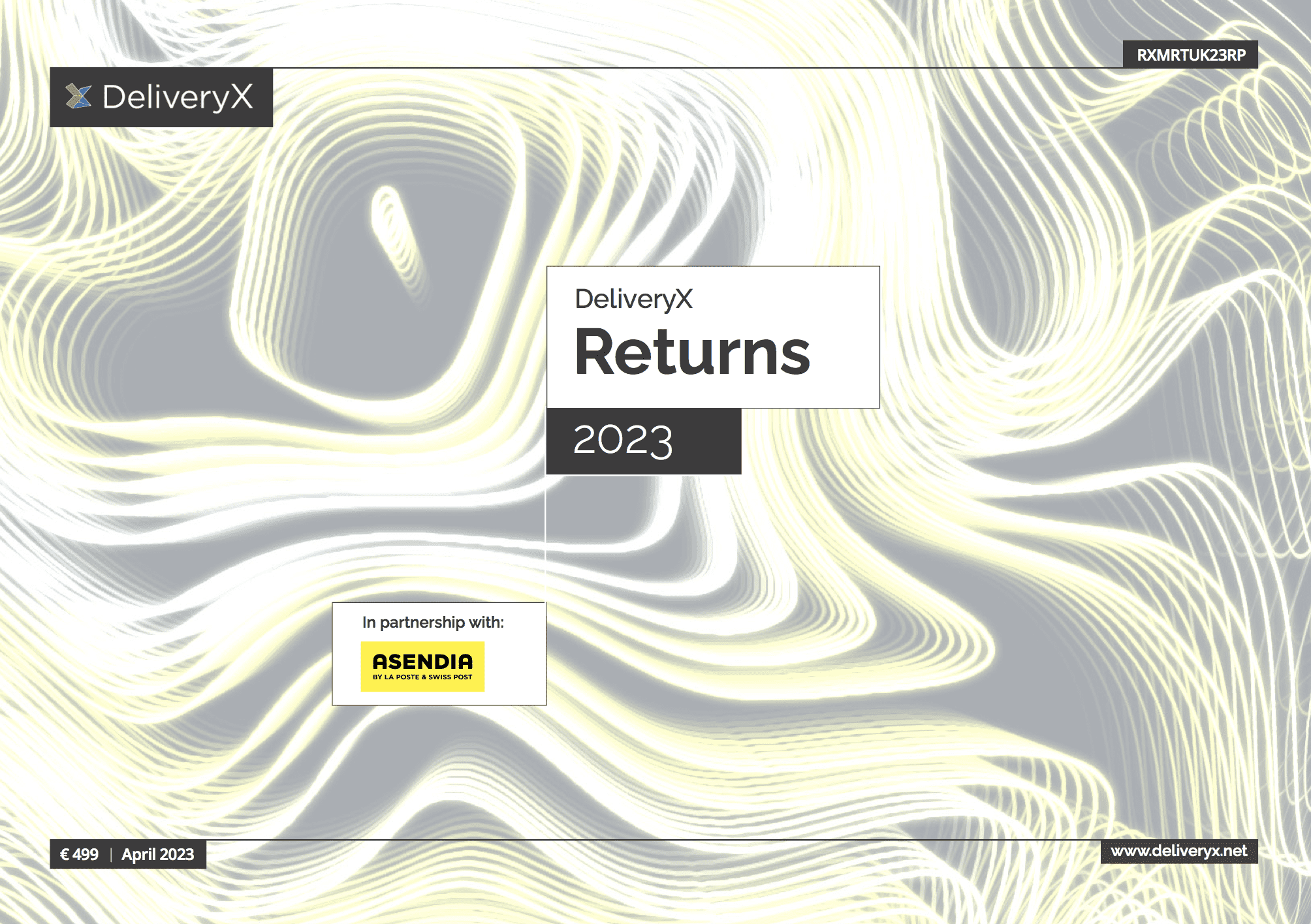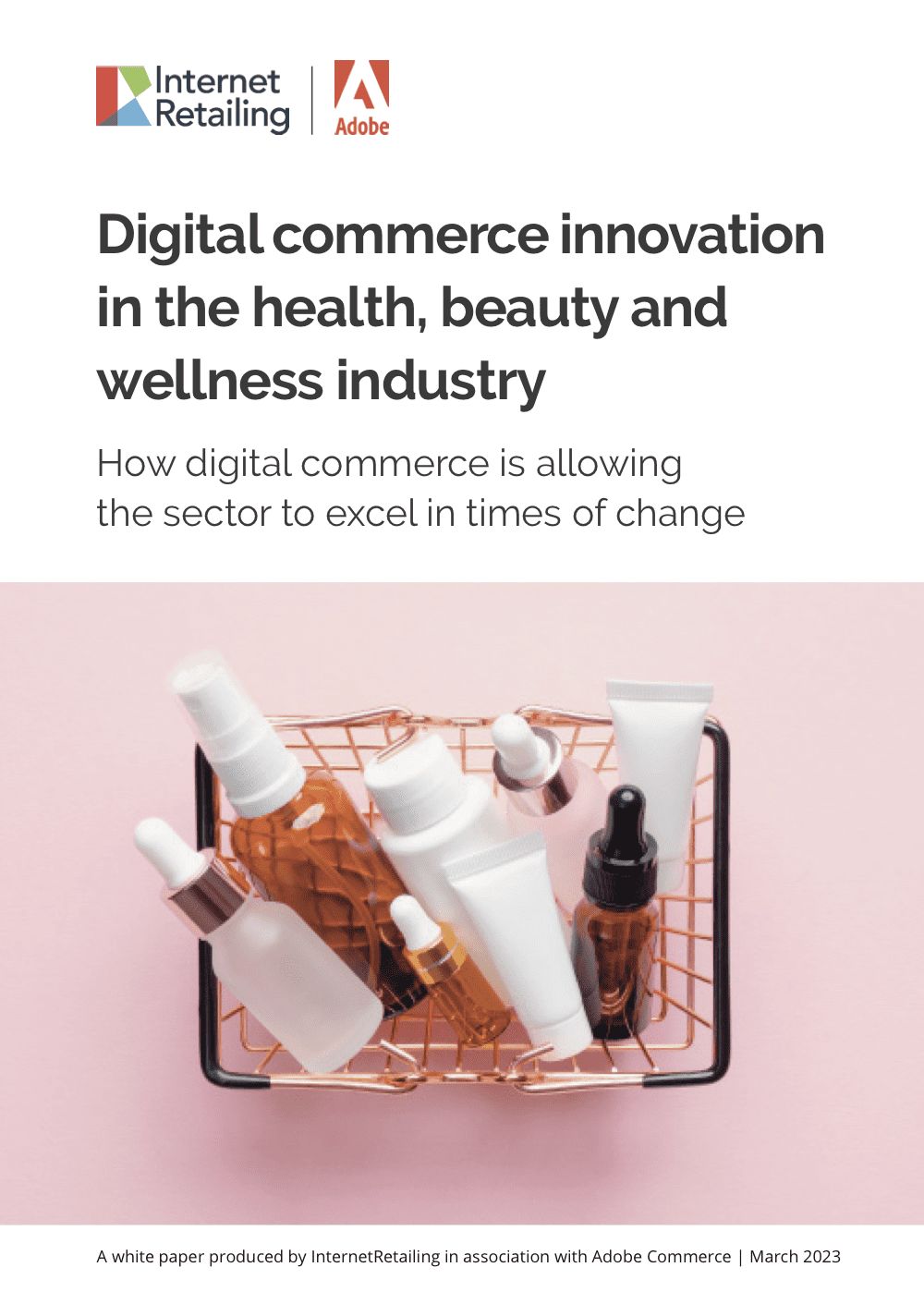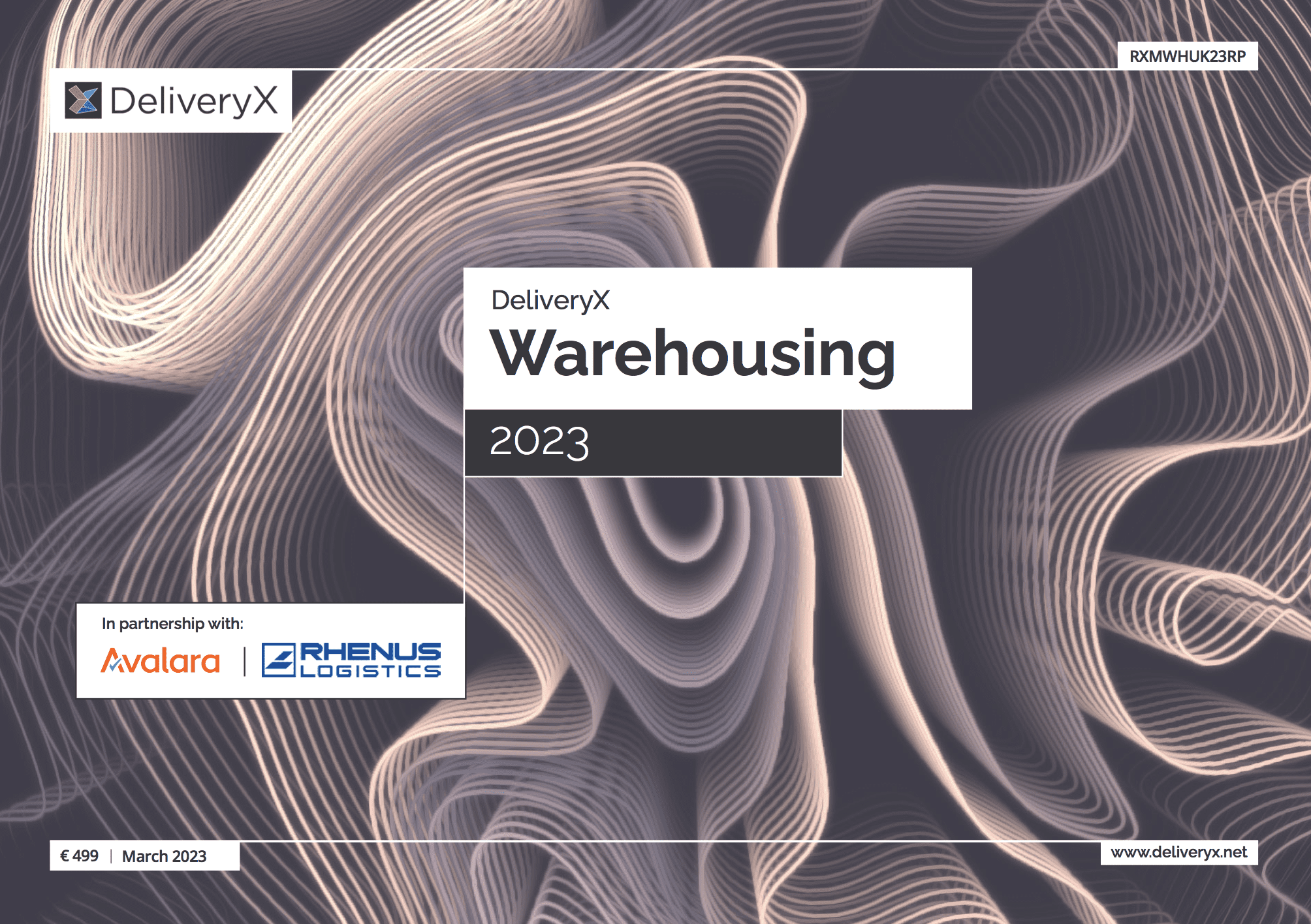With ecommerce and the advent of unlimited “shelf space”, there is no upper limit to the number of products that a retailer can display. In fact, the upper limit now comes from logistical requirements: primarily, the retailer’s own warehouse space.
Drop ship emerged during the Covid-19 pandemic as a way to overcome the risk of running out of warehouse space, as well as a way for retailers to make their supply chain more resilient. This solution is where orders are placed on the retailer’s own website but fulfilled by a brand, manufacturer or even another retailer.
Download this white paper sponsored by CommerceHub to discover more about intelligent range extension; meaning offering additional relevant products online that are typically available in store. We also delve into how and why retailers are extending the range of products they offer, with particular focus on overcoming the logistical issues of dropshipping orders.
Inside the full report:
- Twin pressures
- Depth vs Breadth
- The common barriers to expanding on-site range
- The Covid context
- The range challenge
- Reader survey results
- Drop shipping as a growth leaver
- Approaching drop shipping
- Defining range
- Delivering on experience
- And plenty more!





